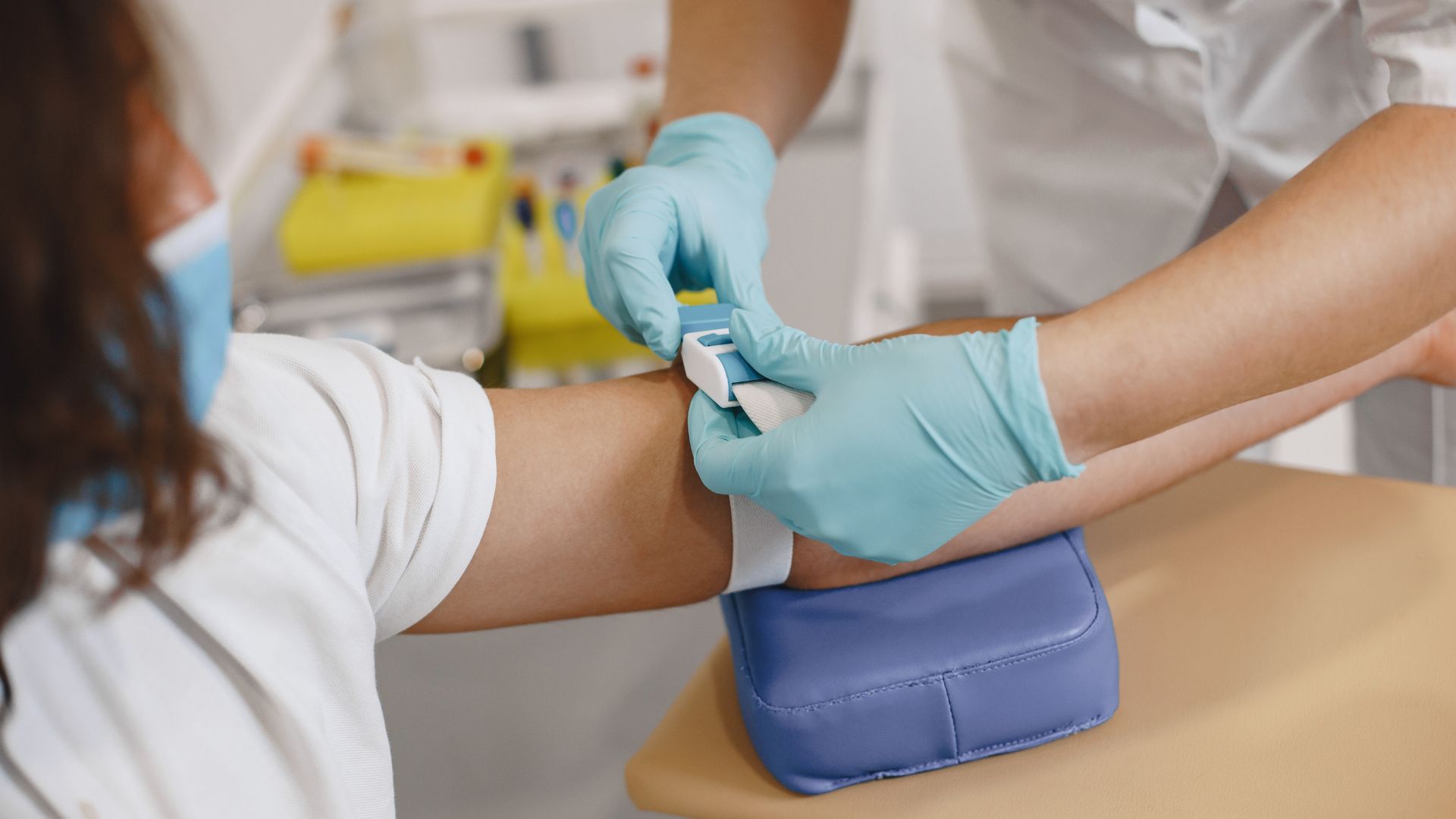The knee joint is comprised of three bones: the thigh bone (femur), the shin bone (tibia) and the kneecap (patella). When you flex or straighten your leg, the thigh bone turns on the shin bone, while the kneecap runs along the end of the thigh bone. The leg movement is driven by the thigh muscles, the biggest one being the quadriceps, located in the front of the thigh.
The thigh and shin bones are connected by ligaments, which give stability to the knee joint. the surface of the kneecap, thigh bone and shin bone, where the bones come in contact, is coated with a smooth tissue called articular cartilage. The cartilage, together with a substance called synovial fluid, prevents the bones from rubbing against each other and causing damage.
Why total knee replacement?
Total knee replacement surgery aims at substituting the bone and cartilage of the joint damaged by arthrosis with plastic and metallic components. The surfaces of the thigh and shin bones are replaced with high-resistant metallic components, called the femoral component and tibial baseplate.
Between the femoral component and the tibial baseplate, a plastic insert is implanted. It replaces the cartilage function allowing the thigh and shin bone to slide on each other. All materials used in a total knee replacement are highly biocompatible.
The main benefits of a successful total knee replacement are:
- REDUCTION IN KNEE PAIN
The pain will be rapidly and dramatically reduced, usually eliminated. - RECOVERY OF MOBILITY
With less effort, you will regain close to the original mobility of your knee. - IMPROVEMENT IN QUALITY OF LIFE
Your everyday activities and your social life will no longer be limited by pain and reduced mobility!
The positioning of a knee prosthesis is achieved using surgical instruments which prepare the bone for implanting the prosthesis.
- In conventional procedures the surgical instruments are the same for all patients.
- MyKnee® is a surgical instrument which fits your knee accurately, because it is tailored for you. MyKnee® technology allows preparation of the bones for implanting the prosthesis, respecting the characteristics of your anatomy.
Benefits of MyKnee®
- MORE ACCURATE POSITIONING OF THE PROSTHESIS
MyKnee® fits the shape of the knee accurately, allowing precise preparation of the bone for implanting the prosthesis. Each phase of the operation is planned by the surgeon prior to the operation by analysis of a tridimensional model of the knee and taking the patient’s condition into account. It has been proven that an accurate positioning results in increased survival of the prosthesis - LESS TRAUMATIC PROCEDURE
Conventional procedures require damaging anatomic structures (e.g. medullary canal) in order to position the surgical instruments used to implant the prosthesis. MyKnee® preserves these structures, allowing a dramatic decrease of blood loss and risk of embolism - FASTER OPERATION
The use of the MyKnee® technology is very simple and straightforward. It potentially allows the surgeon to reduce the operating time, thus decreasing the time under anesthetic and the risk of infection
HOW TO PROCEED BEFORE THE SURGERY:
- GET AN IMAGE OF YOUR KNEE
The surgeon will ask you to have a diagnostic scan (Ct or Magnetic resonance) of your leg. - REPLICATION OF YOUR KNEE
A plastic 3d model of your knee will be created using the image from the diagnostic scan in order to select the best implant for you. - CREATION OF MYKNEE®
Using the model of your knee, your personalized surgical instrument will be created. - PREPARATION OF SURGERY
Prior to the surgery, your surgeon will receive the MyKnee® instruments and a plastic replica of your knee. This will be analysed to prepare accurately for your knee operation.








